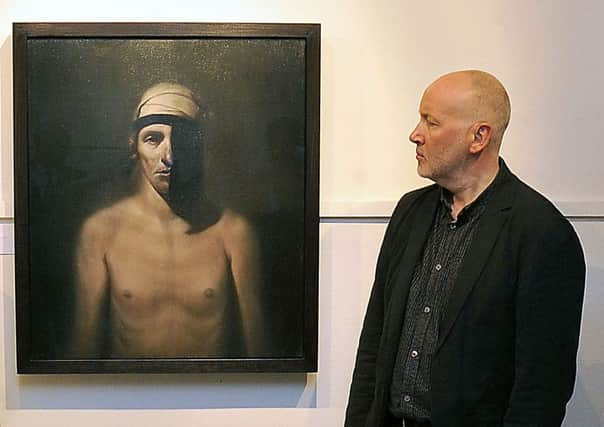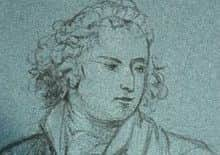Discovery sheds new light on life of Scottish political radical Thomas Muir


Now new light has been shed on the life of Thomas Muir, the Glasgow-born political radical who was convicted of sedition in 1793 and transported to Australia.
A trove of documents relating to Muir, previously thought lost, have been uncovered in the Advocates Library in Edinburgh.
Advertisement
Hide AdAdvertisement
Hide AdThey were passed to Professor Gerry Carruthers of the University of Glasgow, editor of a new collection of essays on Muir to be published next month.


The papers relate to Muir’s time representing his local church, Cadder Kirk, against landowners over the right to appoint ministers.
Muir moved to Huntershill, near Bishopbriggs, from Glasgow and began worshipping in Cadder along with his family.
The rights of congregations to appoint ministers ahead of local landowners was a burning political issue in late 18th century Scotland.
“The real significance of these papers is they prove Muir was already a well-kent face in legal circles,” said Carruthers.


“The same people who sit in judgement of him in 1793 in Edinburgh had a few years earlier known him making trouble as a representative for his local kirk.
“Previous biographers thought these papers didn’t exist, but they were probably looking in the wrong place.
Advertisement
Hide AdAdvertisement
Hide Ad“Through a series of lawyers word reached me that these papers did exist and a week later I had my hands on them.
“I think the reason these papers were overlooked was they didn’t deal with the 1790s and the trial when Muir is sentenced to 14 years in Botany Bay, they dealt with an earlier period when was involved in local kirk politics.
“I think to some extent what you see in the papers is Thomas Muir’s body of enemies growing - what you also see is some notable people on the legal profession and elsewhere wanting to protect him.
“Thomas Muir may well be the secular apostle of modern democracy, and there is good reason to say that, but he is a part of the Calvinist popular party who are at war with moderates - including most of the authorities at the University of Glasgow - over what they see as the soul of Scotland.
“This is why John Anderson, a professor at Glasgow, in a huff, writes into his will money for the foundation a new institution, the Andersonian Institution, which eventually becomes the University of Strathclyde. It’s intended to become a hard-lined Calvinist place as the University of Glasgow has gone soft on its Protestantism.
“Muir was very much part of the Anderson crew”
Born in 1765, Muir dropped out of his divinity studies at the University of Glasgow at the age of 17 and began studying law.
Following the outbreak of the French Revolution, he associated himself with the radical wing of the Whig party and began openly calling for political reform.
Advertisement
Hide AdAdvertisement
Hide AdHe was charged with sedition and stood trial in 1793 for “exciting a spirit of disloyalty and disaffection”, recommending Thomas Paine’s ‘Rights of Man’, and for distributing and reading aloud inflammatory writings. Muir defended himself at the trial but was found guilty and sentenced to fourteen years transportation to Botany Bay in Australia.
He escaped in 1796 but died in France having been injured on his return to Europe.
Thomas Muir of Huntershill: Essays for the 21st Century is published in December